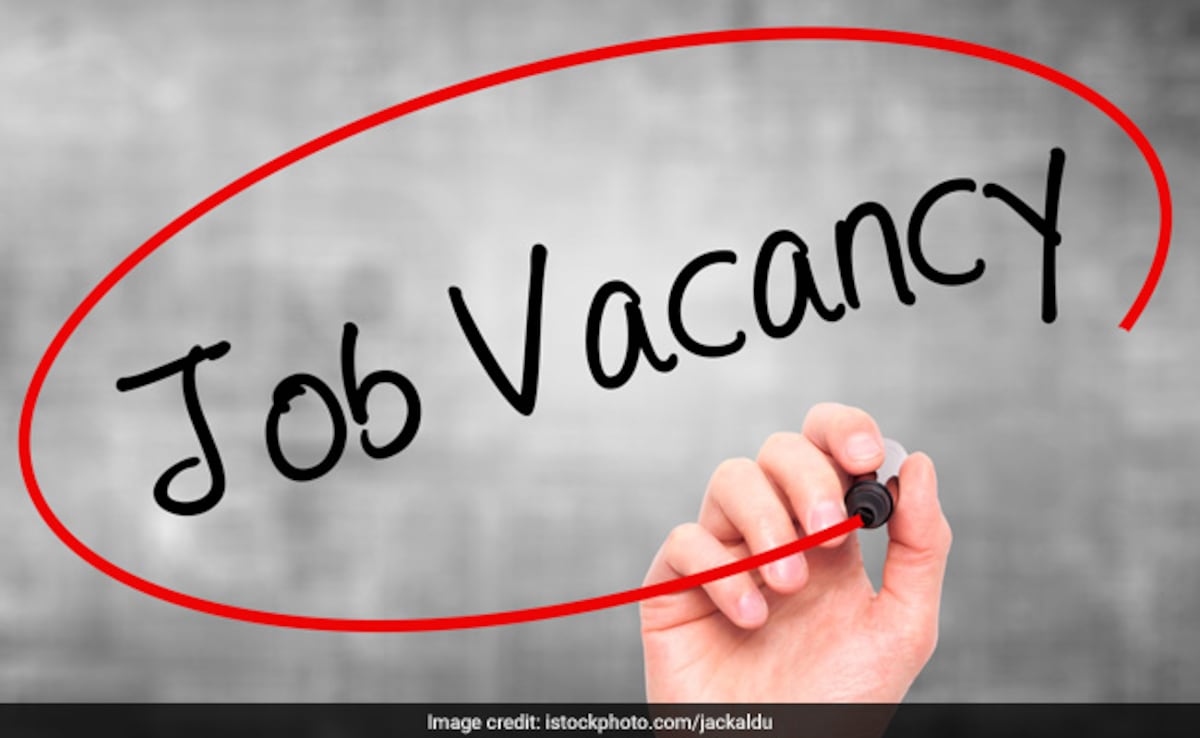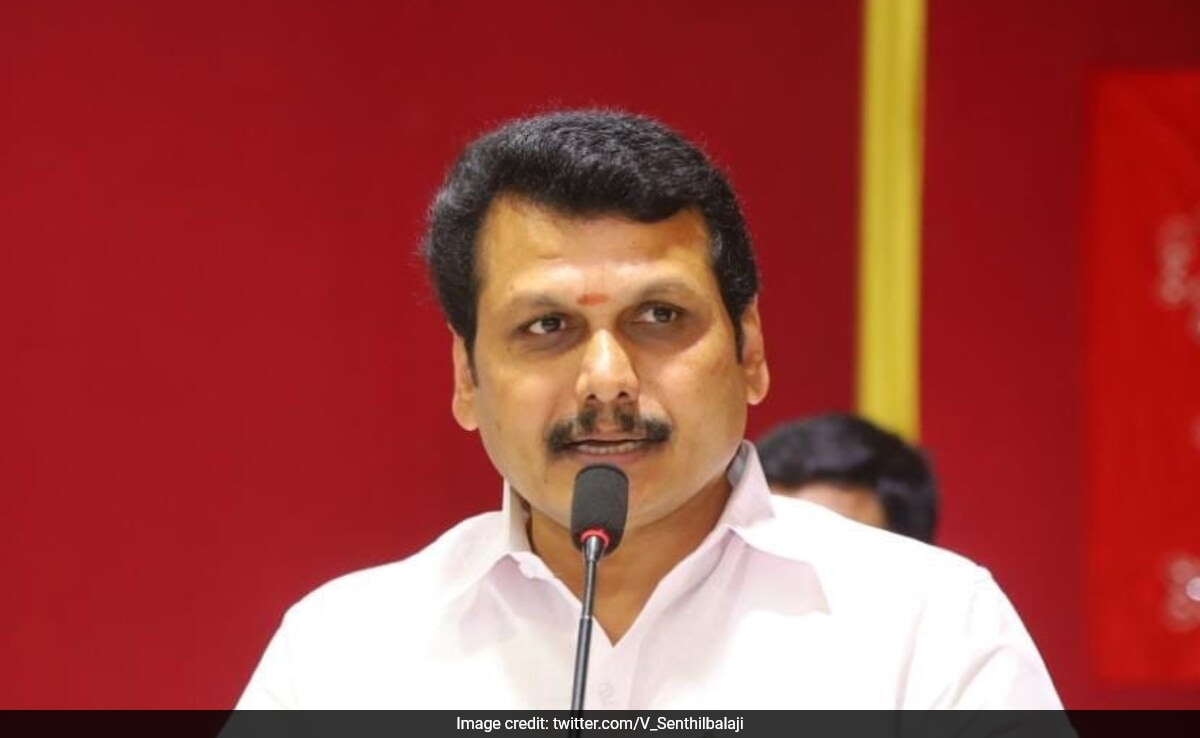Fifty days and counting, Indian-origin astronaut Sunita Williams remains in limbo, uncertain of when and how she may return to Earth. However, the US space agency maintains that she and the eight other astronauts on board the International Space Station are safe and in ‘good spirits’.
An Indian space expert, speaking with a touch of humour, likened her situation to being in a state of ‘Trishanku’-a state where one is indeterminably but willingly stuck between a rock and a hard place.
Today, NASA provided further updates, indicating that they are closer to identifying the root cause of the Boeing Starliner’s malfunctioning systems, such as the failed thrusters and a series of helium leaks during its maiden test flight. However, there was no clarity on when, or if, Astronaut Sunita Williams and her crewmate Butch Wilmore will return, or if they will do so aboard the same Boeing Starliner spacecraft.
According to Boeing, the Starliner can remain docked with the space station for a maximum of ninety days, after which the batteries on board the spacecraft may deplete. As a result, US space technologists have approximately forty days left to determine whether Sunita Williams and Butch Wilmore will return to Earth on the impaired Boeing Starliner, or if they will use SpaceX’s Crew Dragon or the Russian Soyuz spacecraft. Both these standby vehicles are already docked at the space station, so neither Sunita Williams nor the other eight astronauts are truly stranded in space.
NASA Commercial Crew Program Manager Steve Stich noted that the crew is in good spirits and making the most of their time on the station as part of Expedition 71, given that both Sunita and Butch have previously undertaken long-duration missions. He added that `contingency plans’ are in place, but the current effort is focused on bringing both Sunita and Butch back to Earth on the Boeing Starliner itself.
Putting a brave face on the situation, Mark Nappi, Starliner program manager and vice president of Boeing, said, “I’m very confident we have a good vehicle [in Boeing Starliner] to bring the crew back with.”
Boeing has encountered several setbacks during the Starliner’s development. Originally contracted for $4.2 billion, the company has now spent approximately $5.7 billion, with the mission still incomplete. NASA sought a second alternative to SpaceX’s Crew Dragon, which is why Boeing Starliner was being developed. Boeing is also facing broader difficulties, with its aviation and aircraft business stumbling, and recently, Boeing CEO David Calhoun was questioned by US Senators regarding the company’s safety culture and transparency during a US Congress appearance. If the Boeing Starliner fails to return the two astronauts to Earth, it would represent a significant setback for this aerospace and space technology giant.
In a statement today, NASA said, ‘With ground testing of a Reaction Control System (RCS) thruster complete and disassembly and inspections concluding, the Starliner team is reviewing data that will aid in future missions and pave the way for NASA astronauts Butch Wilmore and Sunita Williams to return to Earth. A landing date for the Starliner Crew Flight Test (CFT) will be scheduled following the Flight Test Readiness Review planned for later next week, with landing opportunities available throughout August. Testing of the RCS thruster at NASA’s White Sands Test Facility in New Mexico yielded meaningful findings for root cause assessments and to finalise flight rationale in support of a nominal undock and landing.
The Starliner team plans to hot-fire 27 of 28 RCS thrusters this weekend while safely docked to the space station. This test aims to verify thruster performance, similar to what would be done during future missions. The team also seeks another data point on helium leaks, which have remained stable since the spacecraft’s arrival at the station on June 6. The helium system has been closed for most of the time while docked, so no helium is leaking in that configuration.
Boeing, in a statement, said, ‘Additionally, NASA and Boeing will conduct a second docked hot-fire test over the weekend to demonstrate the spacecraft’s thruster performance. The first docked hot-fire test occurred on June 15. The upcoming test will allow checks of the helium leaks while also verifying that the thrusters are operating as expected.’
While some glitches were anticipated during this maiden test flight, the extension of a ten-day mission to over five times its expected duration, with no end date in sight, is deeply concerning for the global space community.














